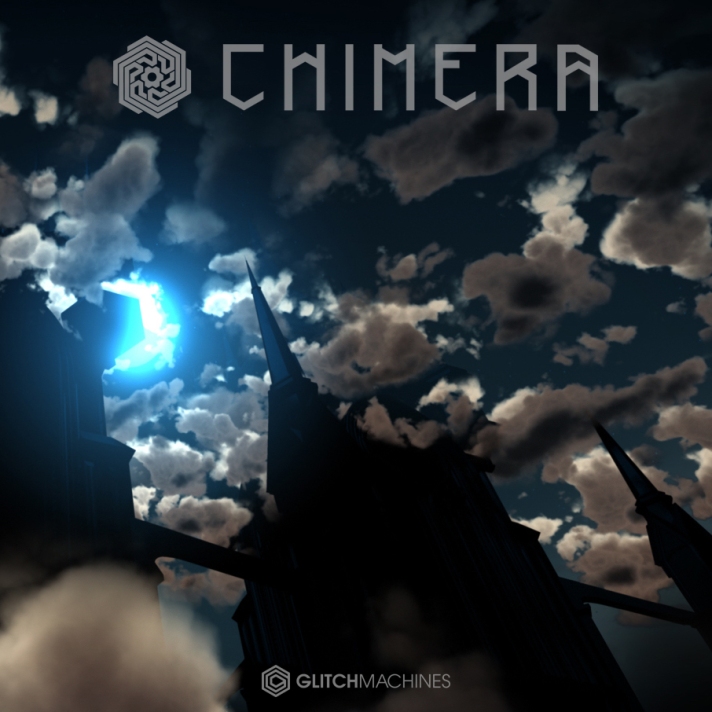Background
You’ve probably noticed that I’m a huge fan of Glitchmachines. I’m extremely lucky to have beta tested and designed presets for their most recent VST – Palindrome, a granular morph plotting sampler that I’ve previously reviewed – and I use a number of their plugins extensively.
So you may not realise that they also produce a number of sample packs. Some of these are free (Teratoma, Seism, Spore, Shadows, Cybernetics, Proximity and Exophora) and some are paid packs.
Introduction
One such paid pack is Chimera. It is a large sample pack, approx. 2.5Gb and features 200 sounds. It’s comprised of field recordings that have been edited, combined and processed. The recordings include aggressive material such as stone and metal impacts, fire bursts, electric arcs, low frequency air drones, land and air vehicles, bowed and scraped metals, unusual crowd chatter and animal sounds, ghostly atmospheres and strange ambiences to name a few.
The samples are arranged into 3 sub-folders –
CATACOMB contains a variety of ghostly and demonic gestures and composite effects;
OMEN contains a collection of vivid drones, long textures and atmospheres;
PARASITE contains a broad selection of disturbing and sinister composite effects.
Review
Chimera is an excellent sounding and very dark sample pack. The Catacomb samples contain a range of textures, some of which have an edgy sound, some have aggressive noisy qualities and others have haunting, ghostly voice qualities.
Omen contains a number of drones that typically have great movement to their sound. There’s a solid bass presence, often a metallic edginess and haunting qualities too.
Parasite contains a range of sound effects such as impact type sounds, strings and disembodied voices. These often sound demented and at the very least slightly crazy, they’re very evocative sounds.
It’s a superb pack for creating horror or dark ambient type sounds. It’s instant Lovecraft – it summons up horrorscapes, twisted images of nightmares and demons. I really like how the samples are such excellent quality and can be used as they are but are also ideal for further processing with samplers and/or effects. Other Glitchmachines products are excellent for this and you can read more about them in previous blog reviews – Cataract and Polygon; Quadrant; Fracture XT; Cryogen; Convex.
I’ve used a number of the samples to create the album embedded at the top of the review. It’s naturally a dark ambient sound, the opening track is ambient horror dub, if such a thing exists.
I’ve recorded the album live in Sensomusic Usine Hollyhock 3. I’ve used some of the samples in Palindrome, used several instances of the joggle sampler as well as the UDrone sampler contained within Hollyhock 3. I’ve used multiple instances of STA Delay by Audified (you can read my review here) and also Blackhole and Ultrachannel by Eventide. I set up a controller to trigger the joggle samplers and control their playback speed (-400% to 400%) as well as change parameters of various instances of the STA delay effect during recording. The songs were subsequently mastered in MuLab 7 using Magnetite (Black Rooster Audio), Stage (Fiedler Audio) and Elevate (Newfangled Audio).
















